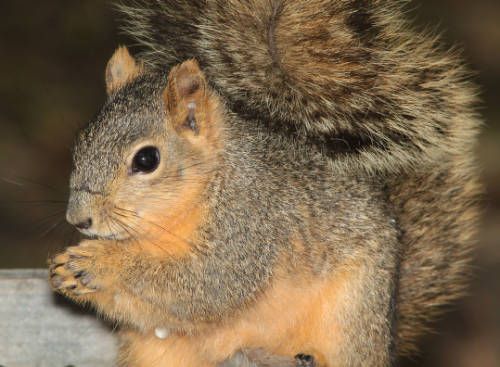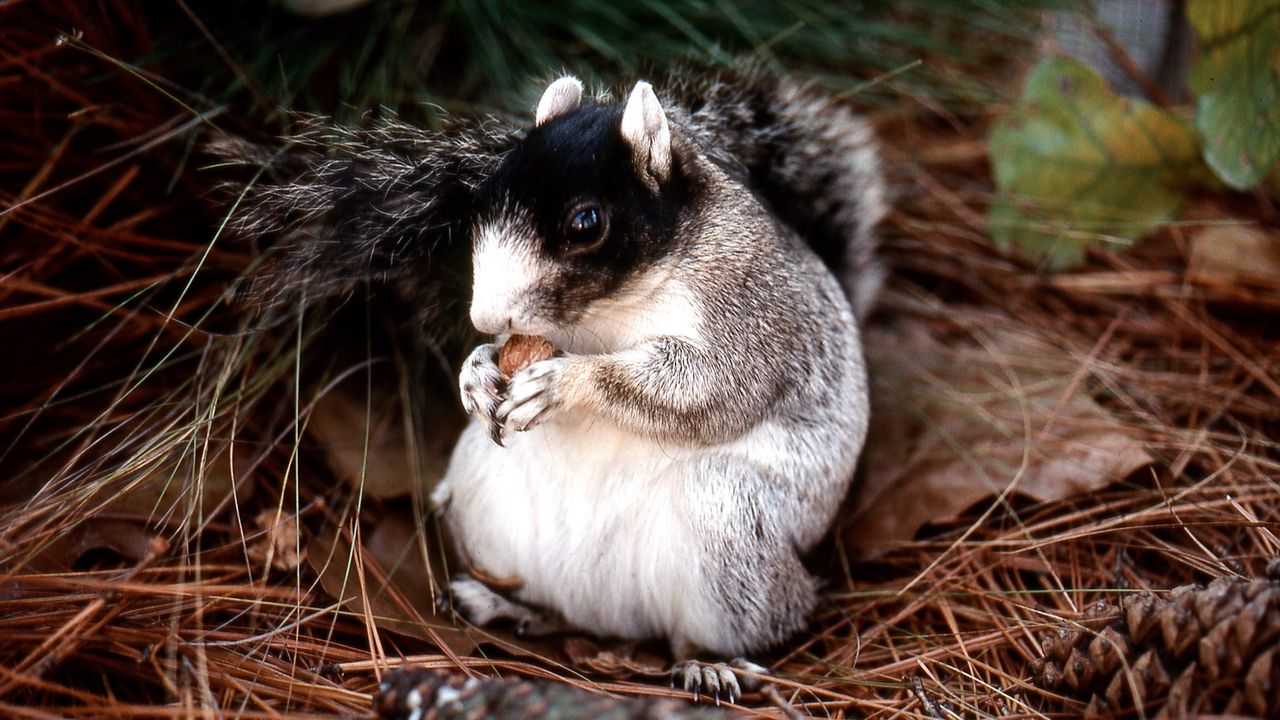If you spot what looks like an oversized squirrel with a white nose and black head, it's likely a fox squirrel — and North Carolina biologists want to hear from you.
N.C. Wildlife Resources Commission biologists are asking for help tracking the animals across the state, particularly in Lincoln, Granville, Currituck and Madison counties.
"The fox squirrel is the largest tree squirrel in North Carolina, nearly twice the size of the more common gray squirrel," according to biologists.
The fox squirrel lives in mature longleaf pine and open pine-oak forests in North Carolina's Sandhills and southern coastal plain, but have also been seen in the Piedmont and mountain areas.

The fox squirrel can be a variety of colors, as opposed to the more common gray squirrel. They typically have black on the top of their head and a white nose.
In the Sandhills and coastal plain, the fox squirrels are grayish with various patches of black on the head and feet and white patches on the nose, paws and ear tips. Some are almost totally black with dark gray patches, and others are reddish or rust colored, according to state wildlife officials.
Fox squirrels in the northwestern population typically have a brown color above, with an orange-brown color on the underside, ears and legs.
"If you observe a fox squirrel, please take a photo, note the location (GPS coordinates preferred) and contact the Wildlife Commission’s NC Wildlife Helpline, via email at HWI@ncwildlife.org," biologists with the N.C. Wildlife Resources Commission ask.







